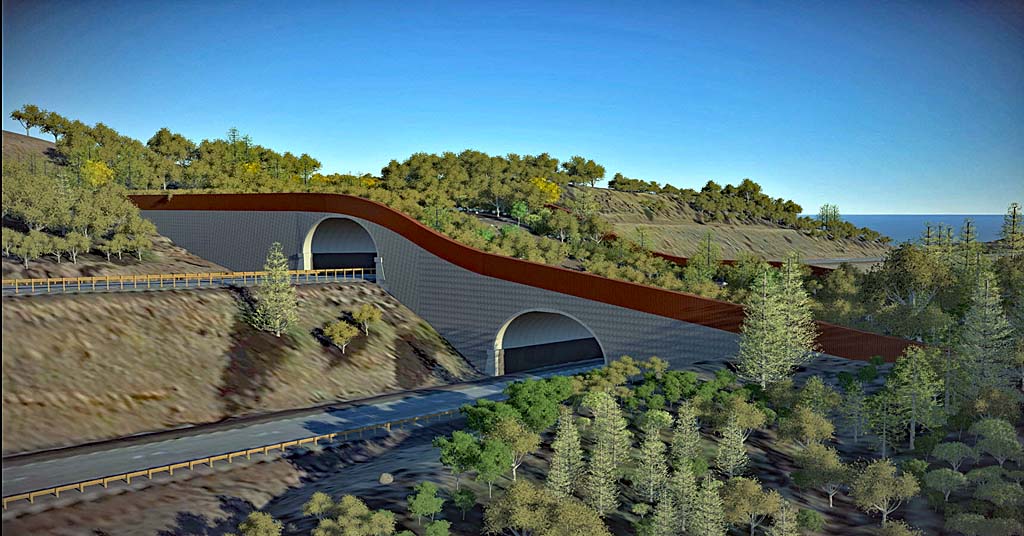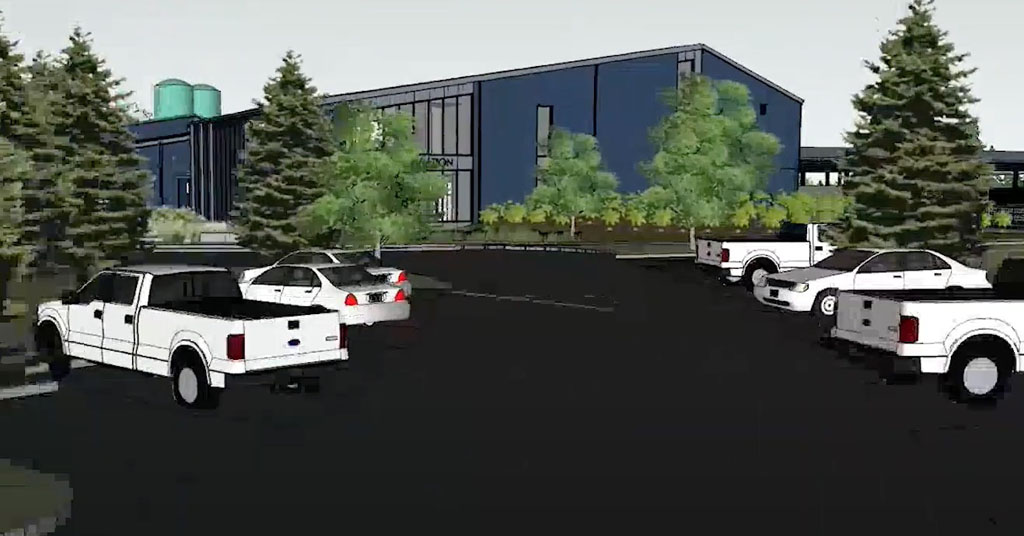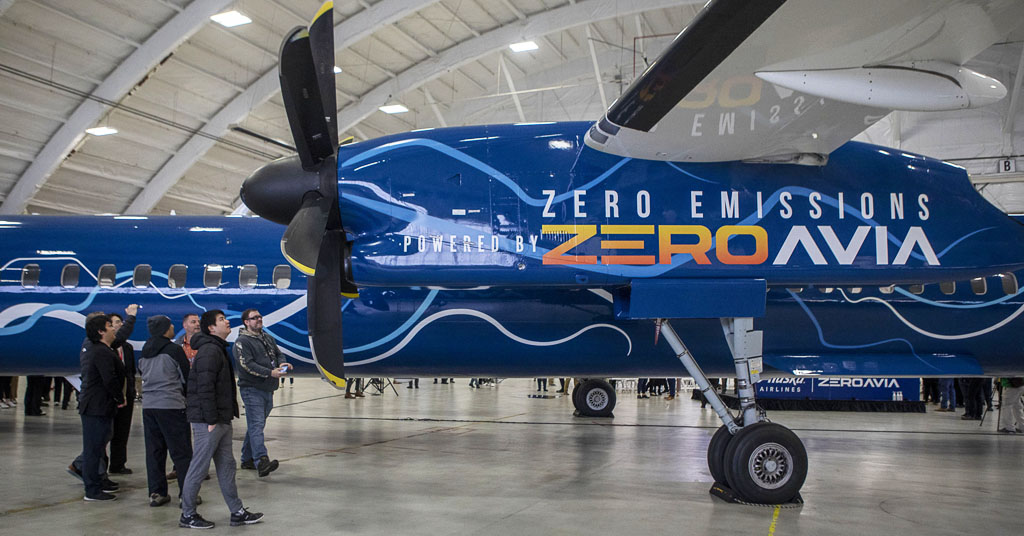This is the second in a series of two articles on the exportation of agricultural goods versus fossil fuels in the Columbia River Gorge. See “First Came Ag. Then Came Oil” for the first installment.
By Valerie Brown. Mar. 4, 2016. The farmers most affected were those east of the Rockies, says grain grower David Brewer of Emerson Dell Farm south of The Dalles. He says he is “not aware of any concerns with competition for transportation with the energy sector” among Northwest farmers and notes that most of his wheat goes by barge to the Port of Portland.

[/media-credit] David Brewer of Emerson Dell Farm.
However, agricultural shippers may soon encounter a bottleneck in a different place; total marine traffic on the lower Columbia is expected to double should all the fossil fuel projects come online, possibly reaching about 6,000 major vessel transits a year, according to a study by the Seattle think tank Sightline Institute. The tank vessel traffic alone could triple. This could cause significant congestion in the lower Columbia– already a tricky environment.
In addition to possible train derailments, collisions, and leaks, fossil fuels pose further risks once they are transferred to ships and oceangoing barges. To reach and depart from the ports, seagoing vessels must have a certified bar pilot aboard to negotiate the seas that roil where the powerful Pacific Ocean meets the massive Columbia River. This is one of the most dangerous bar crossings in the world, and weather often forces ships to wait offshore until conditions improve. On the river proper, big ships must be escorted by a river pilot to the ports and grain depots upstream.
Captain Phillip Massey, a retired river pilot, once inadvertently rammed a ship carrying logs into the paper mill at Wauna, Oregon when the ship’s steering failed. “If I’d lost steering another two miles down the river,” he says, “and if that [ship] had been a tanker, it would have been the worst oil spill ever, probably equal to or greater than the Exxon Valdez.”
Other near misses are plentiful. For example, Sightline cites nine separate equipment failures on vessels in Washington and Oregon waters during just two months in 2011, as well as three incidents where laden oil tankers drifted into collision courses. The latter were rescued from disaster by alert Coast Guard staff. Since 1994 there have been at least five other narrowly averted accidents. Although actual accidents may be infrequent, even one could affect the environment for decades.
Dan Serres, conservation director for Columbia Riverkeeper, describes a worst-case accident scenario near the river mouth: “Oil tankers will be passing within a couple of hundred yards of parked LNG tankers. One tanker carrying crude oil–and another carrying liquefied natural gas–if there was a spill and a rupture you could have a flammable vapor cloud a couple of miles across.”
[media-credit name=”Jared Smith” align=”alignright” width=”200″] [/media-credit]
[/media-credit]
Safety also concerns Jared Smith, president of International Longshore and Warehouse Union Local 4. “The local is unanimously opposed to the [Vancouver Energy] project,” he says. At first the union was “concerned that an oil spill on the river would shut down the river traffic, which would mean no work at the ports,” he adds, but the union also became wary of working with the volatile and potentially explosive Bakken crude. And as an avid fisherman who processed 150 pounds of salmon last year, Smith worries about environmental impacts, especially of the heavy tar sands oil. There would be “no cleaning up” of such a spill, he believes.
Even in the absence of accidents, more ship traffic means more stress on the river ecosystem. The lower Columbia is a complex mix of navigable channels, sloughs, islands, wetlands, and tidal estuary –ideal habitat for young salmon, provided they are not contaminated with hydrocarbons, stranded onshore by the wakes of oceangoing vessels, or simply made homeless by development of terminals, docks and other infrastructure, including impervious surfaces. The National Marine Fisheries Service and other state and federal agencies have identified 47 species at risk on the Pacific coast, Columbia River, and Puget Sound, including 19 salmonid species, whales, sea turtles, smelt, sturgeon, and rockfish.
Serres says the liquefied natural gas terminal at Warrenton threatens not only the at-risk species but also the commercial and sport fishermen and crabbers in the area, because it will block access to the river when LNG ships are moving in and out of the terminal.
But some stakeholders are confident of river accident prevention practices. Jared Larrabee, Vancouver Energy general manager, stresses that the company is participating in the region’s plans for ensuring the safety of oil transport on the river, adding that “the bar pilots have never indicated any concerns about safety in the lower Columbia River.” Washington Department of Ecology Spills Prevention Manager Scott Ferguson echoes his confidence. “The Columbia River system is one of the safest systems that we have in the country as far as how the pilots operate together, how the community works to manage the traffic,” he says. (Neither the Columbia River Bar Pilots nor the Columbia River Pilots responded to EnviroGorge’s requests for interviews.)

[/media-credit] The Bar, nicknamed “Graveyard of the Pacific,” where the Columbia River (right) meets the Pacific Ocean (left) is one of the most dangerous harbor entrances in the world.
While oil prices remain low and unstable and the environmental impact studies for both the Vancouver Energy and the OregonLNG terminals await completion, river traffic remains relatively uncongested. But soon the ultimate deciders for both of these projects–the governors of Washington and Oregon, respectively–will have to choose. No one will hazard a confident guess as to which way either will go, but Serres says it will be a fateful moment for the Columbia River’s future. “We’re at a really critical point for both governors to lead on this issue,” he says. “They’ve certainly said the right things, but now it’s decision time.”









